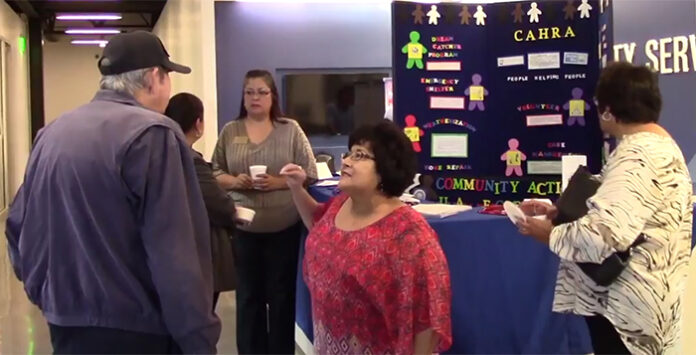By Joan Koczor
The meaning of the American Dream has seen many changes since first introduced as early as the 1600s.
The American Dream is mentioned in the Declaration of Independence, which states “all men are created equal” with the right to “life, liberty and the pursuit of happiness.”
Freelance writer James Adams popularized the phrase “American Dream” in his 1931 book “Epic of America.” In his 1963 “Letter from a Birmingham Jail,” Martin Luther King Jr. based the civil rights movement in the African American quest for the American Dream.
As young adults, many believed they could achieve the American Dream by working hard, saving a little to provide an education for their kids so they could have a better life than they did, and retire with sufficient funds to see them through their retirement or golden years – hopefully, mortgage- and debt-free.
The new reality is people are living longer, more expensive lives with very little money in reserve.
The result is nearly one in five Americans older than 65 is working. Over the past decade, those numbers have risen faster than any other age group. Today, there are 9 million seniors working compared to 4 million in 2000.
Some seniors are returning to the workforce by choice while others are returning out of need. A recent poll showed many older people are more concerned with running out of money than dying.
Theresa Ghilarducci, a labor economist said, “There is no part of the country where the majority of middle-class older workers have adequate retirement savings to maintain their standard of living in their retirement.”
Seniors are traveling the nation looking for seasonal jobs offering hourly wages and few or no benefits.
Amazon’s Camper Force program hires thousands of seniors to box online orders during the Christmas rush. Websites such as Workamper News have been created listing various types of jobs.
This is not the case with all seniors. There are some who have adequate funds to enjoy a carefree lifestyle. That makes some of us wonder where we went wrong. How did they accumulate all that money?
A little grim? Reality can be like that.
Ask yourself – how important are money and possessions. You can’t put a dollar amount on sharing each day with the person you love, and having reasonably good health, a place to call home, food on the table and friends to share the good times and bad.
Joan Koczor is a senior advocate and a member of the Age-Friendly Maricopa Advisory Committee.
This column appears in the April issue of InMaricopa.


![Senior Info/Expo draws hundreds Clinical Liason Elaina Young of Compassus Hospice and Palliative Care speaks with an attendee at the Senior Info/Expo at the Maricopa Library and Cultural Center on Jan. 20, 2024. [Monica D. Spencer]](https://www.inmaricopa.com/wp-content/uploads/2024/01/spencer-012024-senior-info-expo-web-01-218x150.jpg)




![He has the power: Weightlifter doesn’t let age or others’ opinions stand in his way Mack Hodges. [Bryan Mordt]](https://www.inmaricopa.com/wp-content/uploads/2023/08/BCM_8517-scaled-e1690992804625-218x150.jpg)










![Elena Trails releases home renderings An image of one of 56 elevation renderings submitted to Maricopa's planning department for the Elena Trails subdivison. The developer plans to construct 14 different floor plans, with four elevation styles per plan. [City of Maricopa]](https://www.inmaricopa.com/wp-content/uploads/2024/04/city-041724-elena-trails-rendering-100x70.jpg)